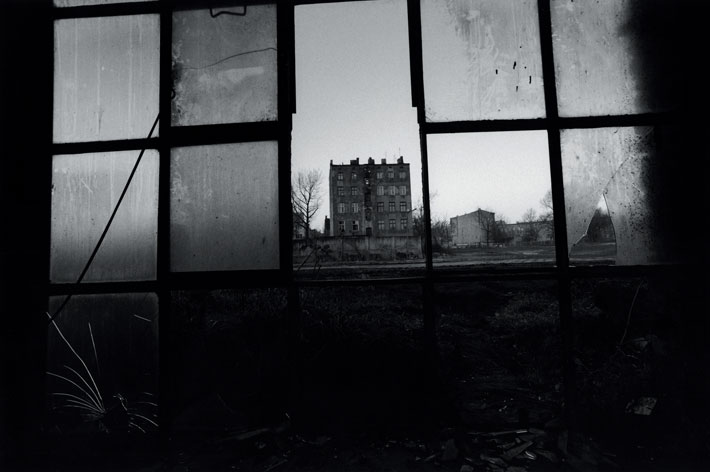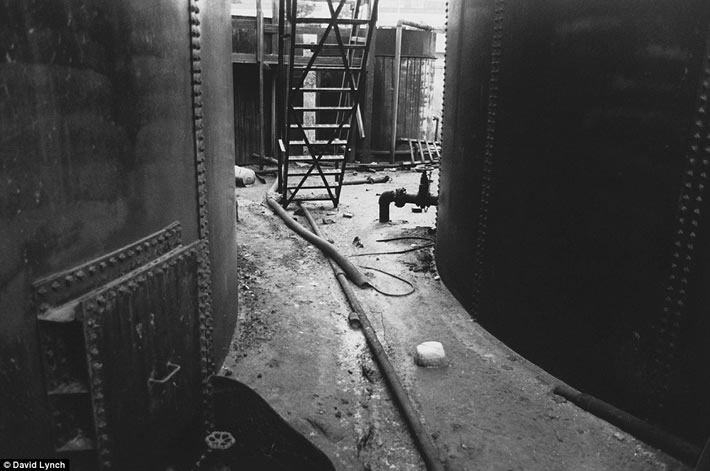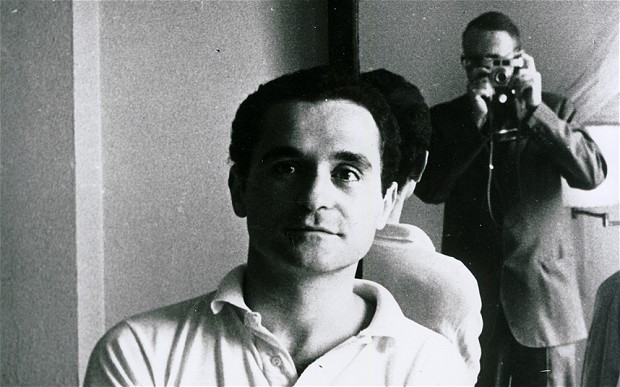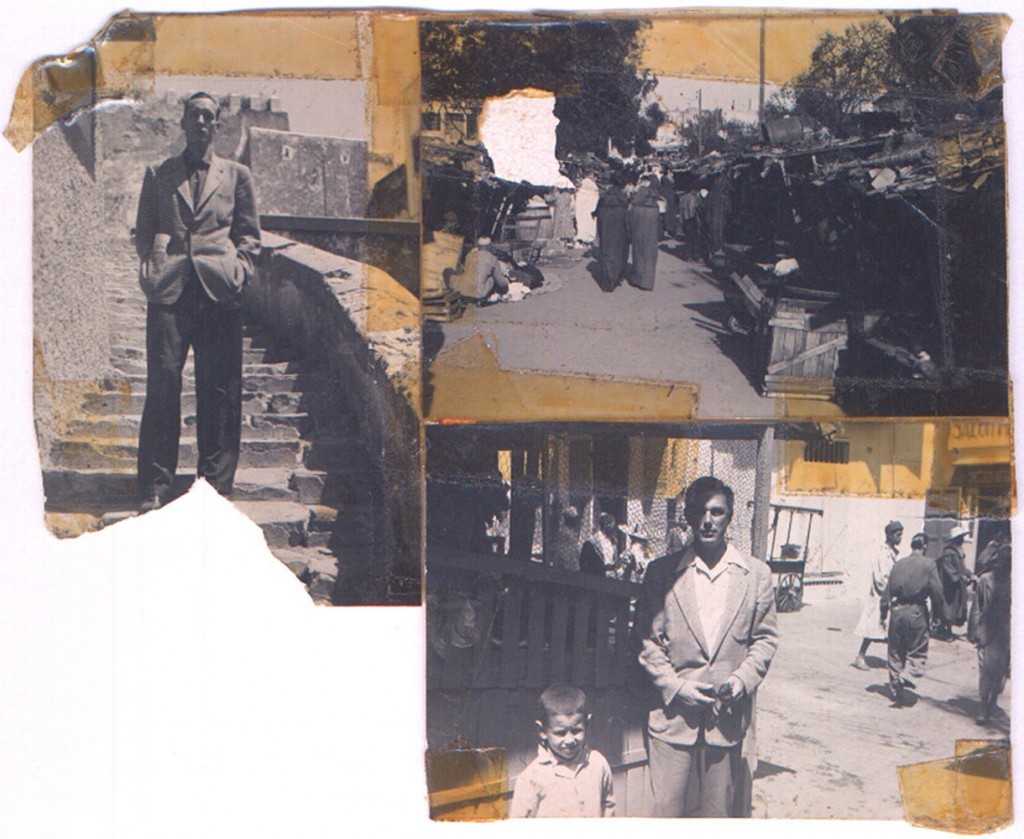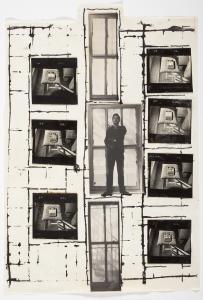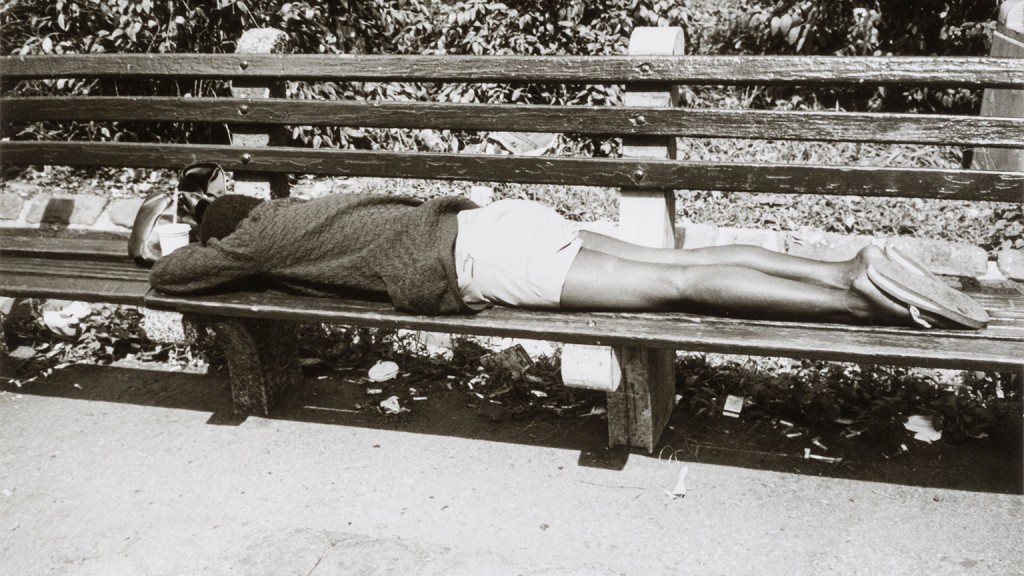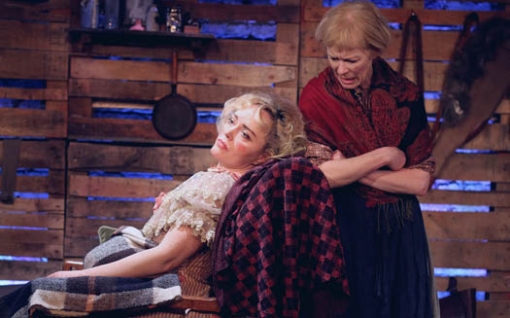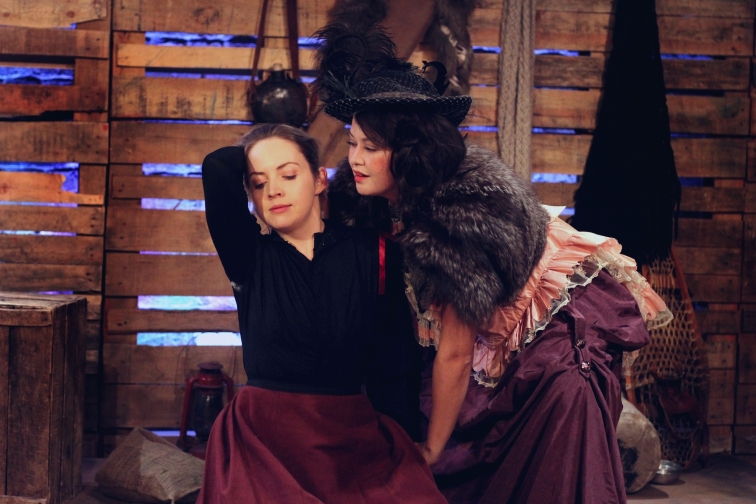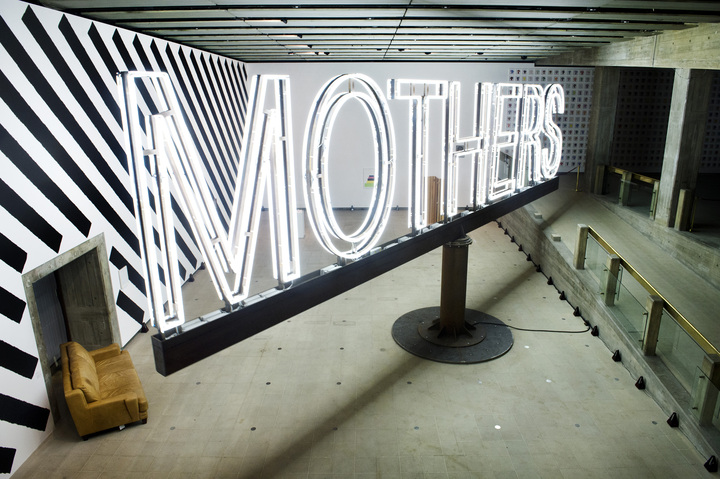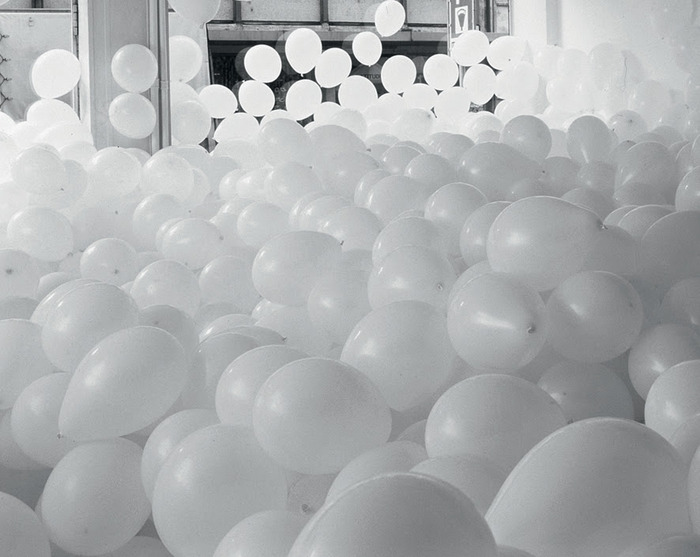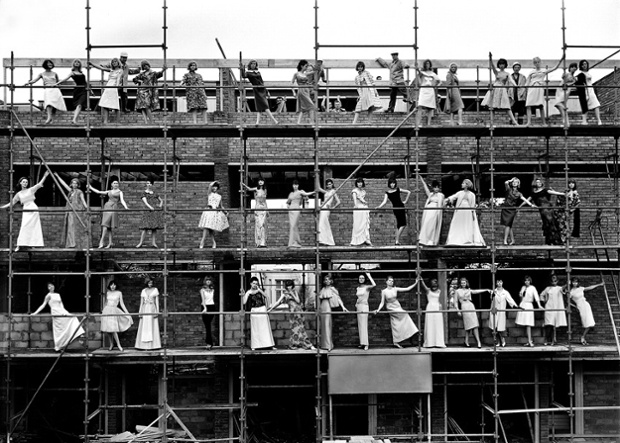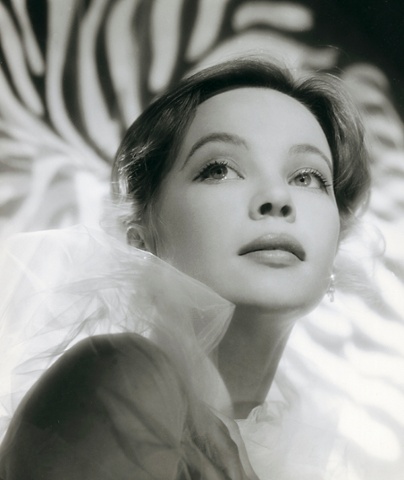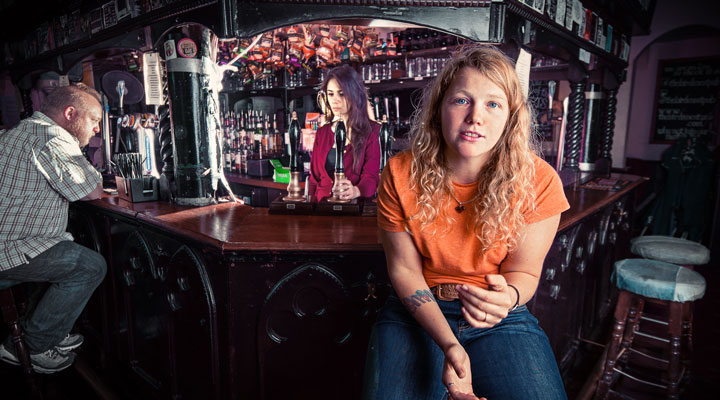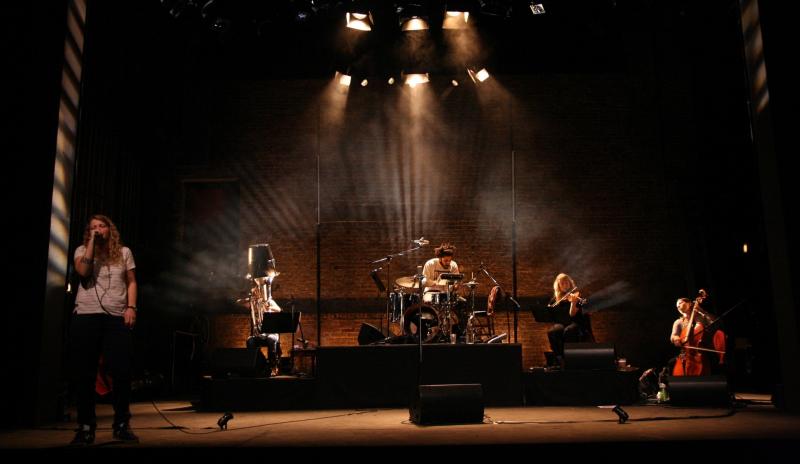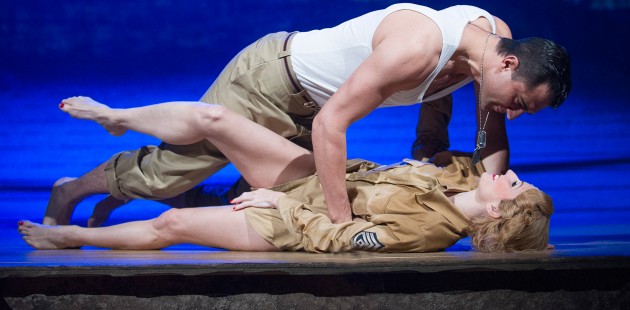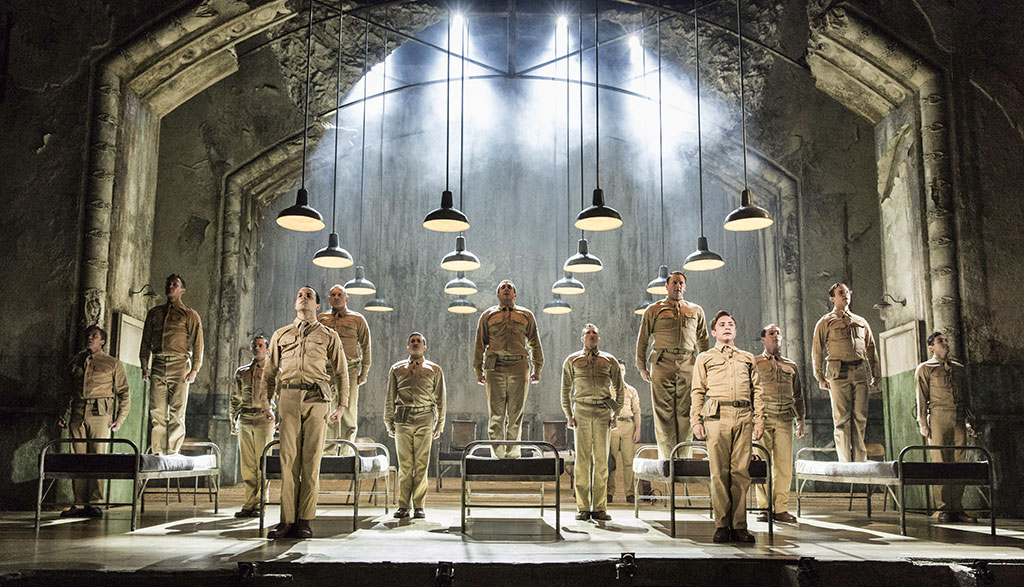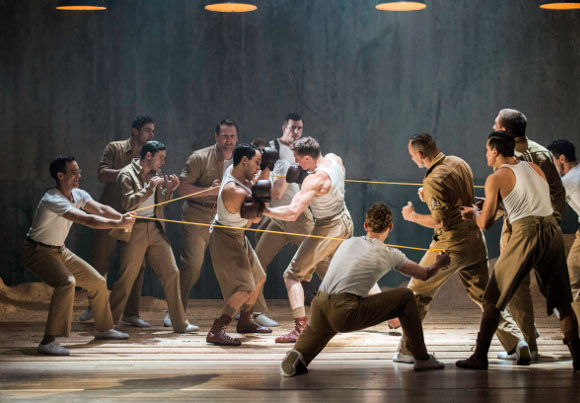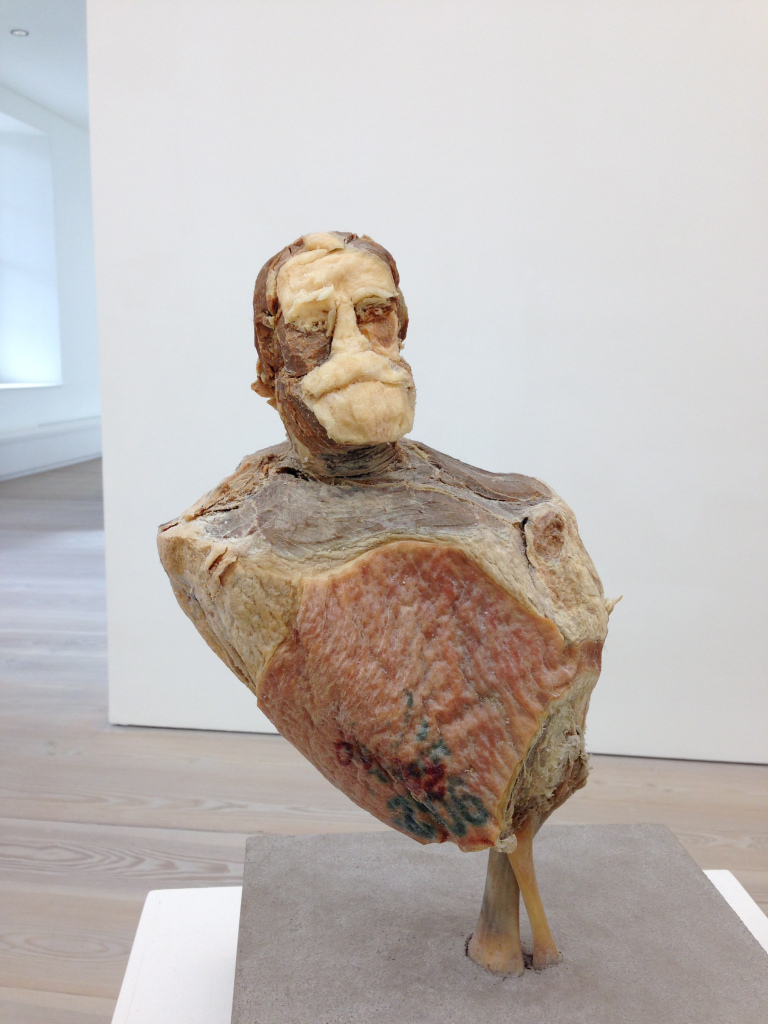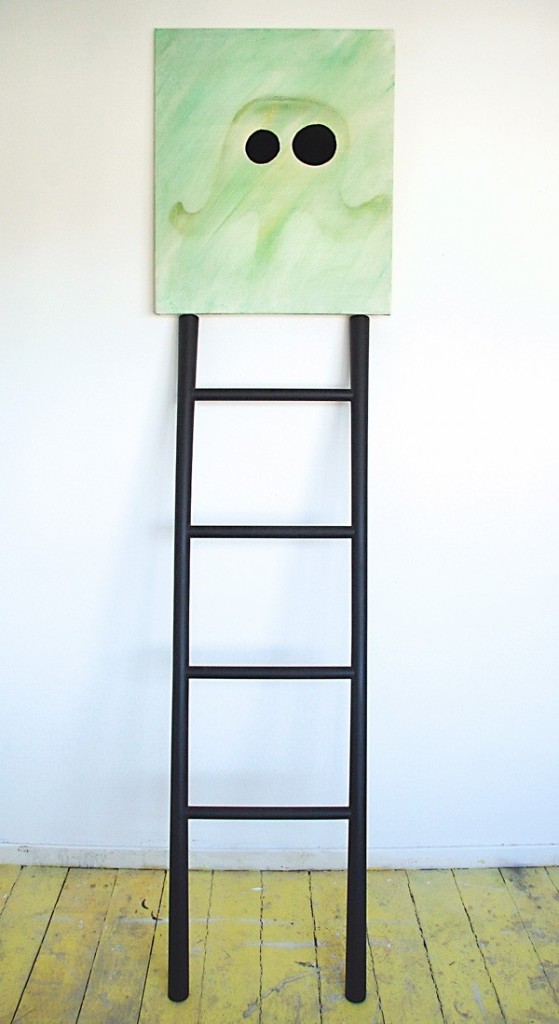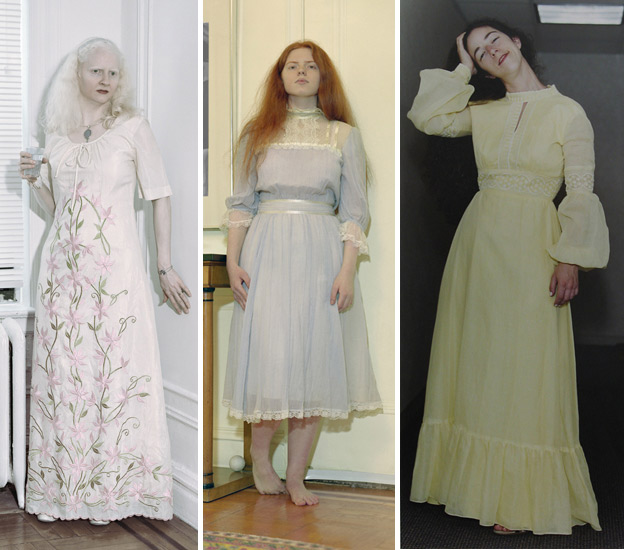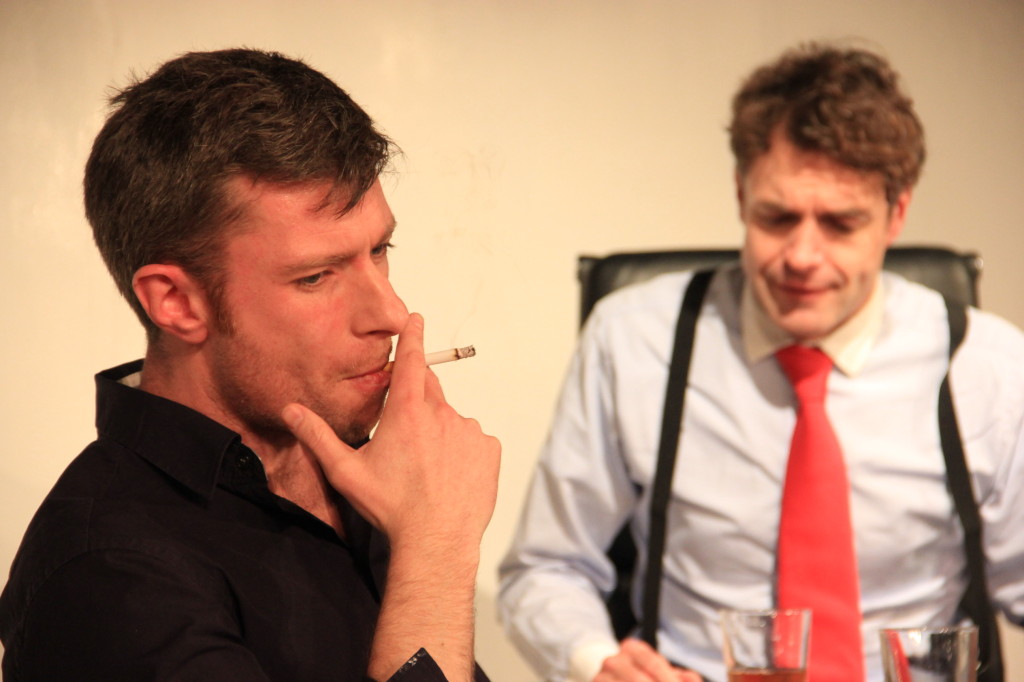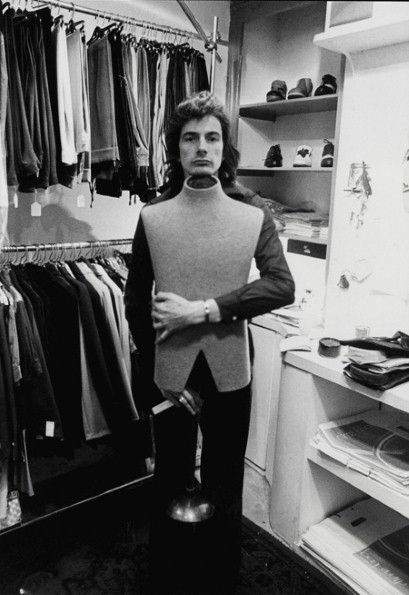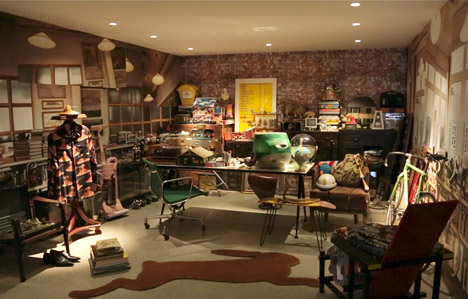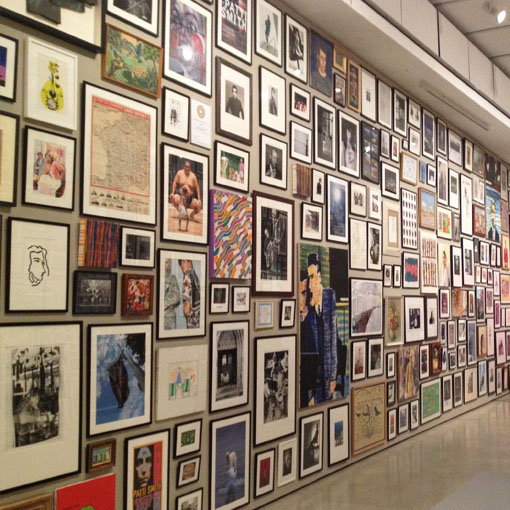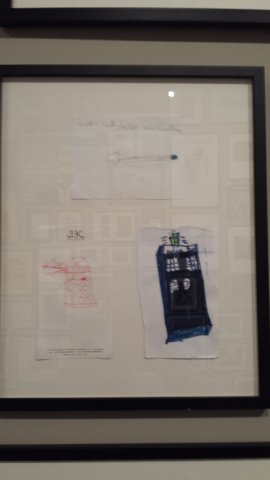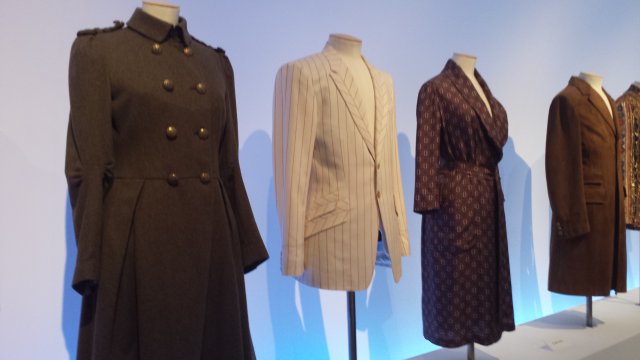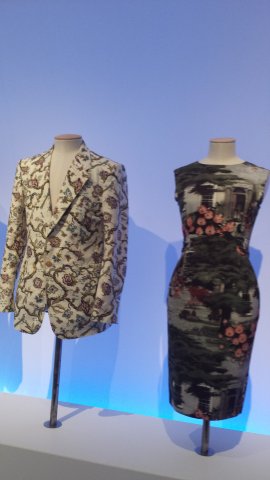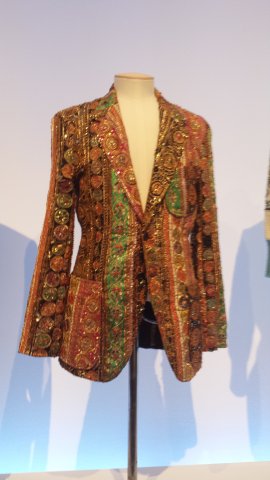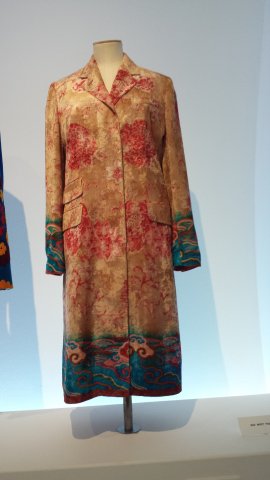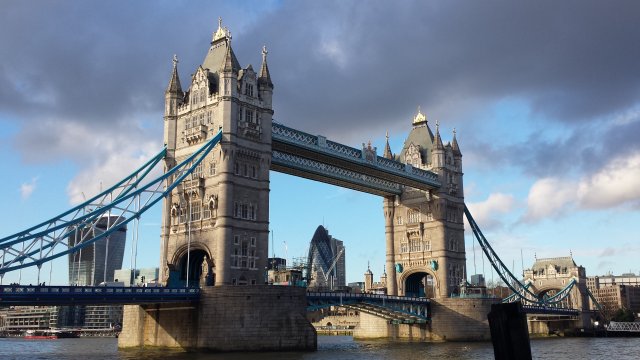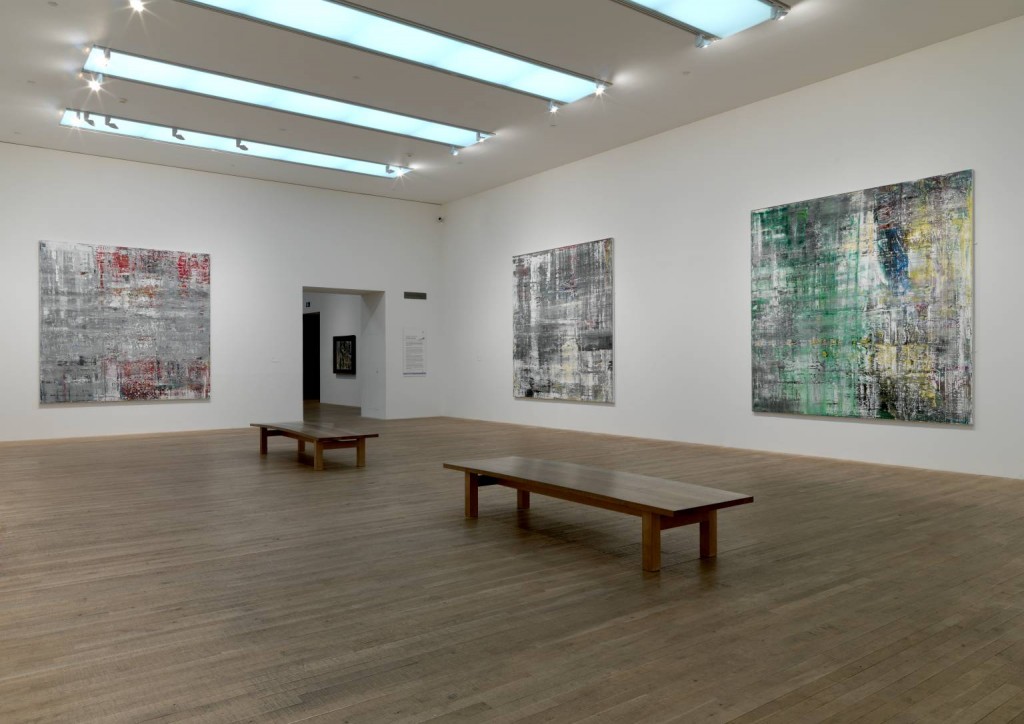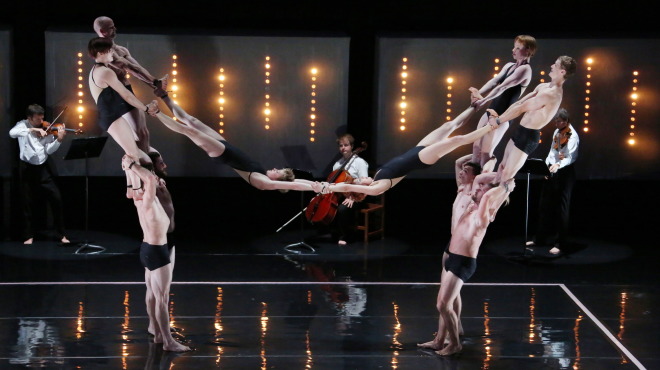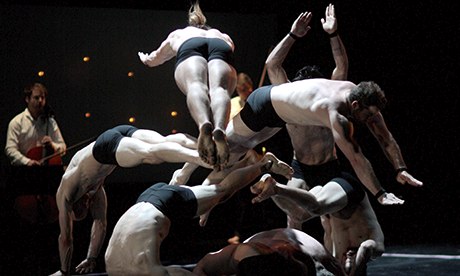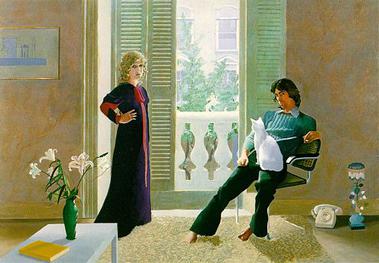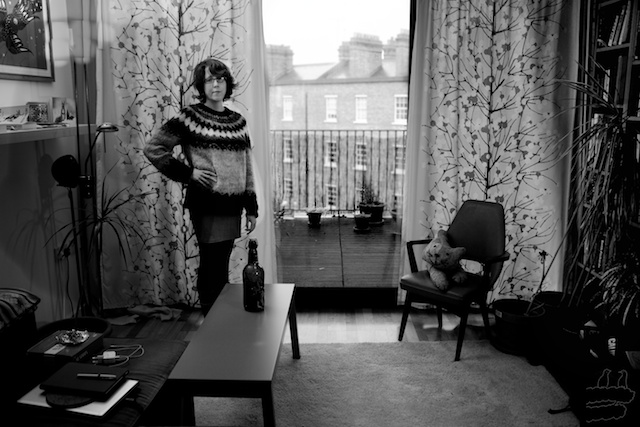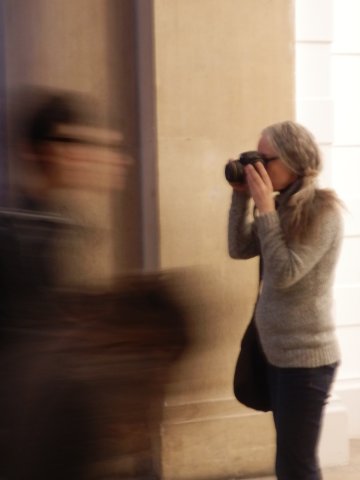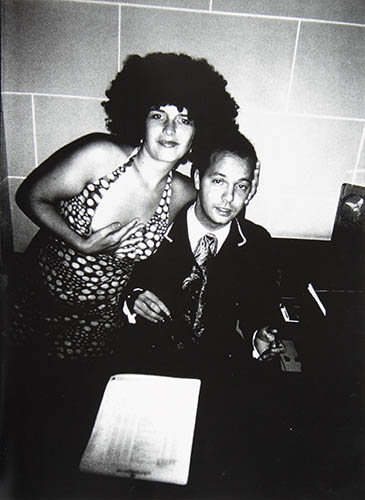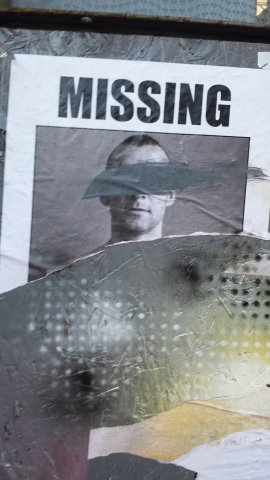Art is… Industry, Work, Opportunity, Fun, Corrupt, Expensive, Social, Isolated,
Lots of fun today with friend A and her young charges, D (11 year old boy) and F (5 year old girl), the children of friends, whom she minds regularly. We made arrangements to meet at Whitechapel Gallery for the Hannah Höch exhibit. We had also planned to meet sculptor Claire Palfreyman there, from whom Pawn bought a lovely piece a few years back.
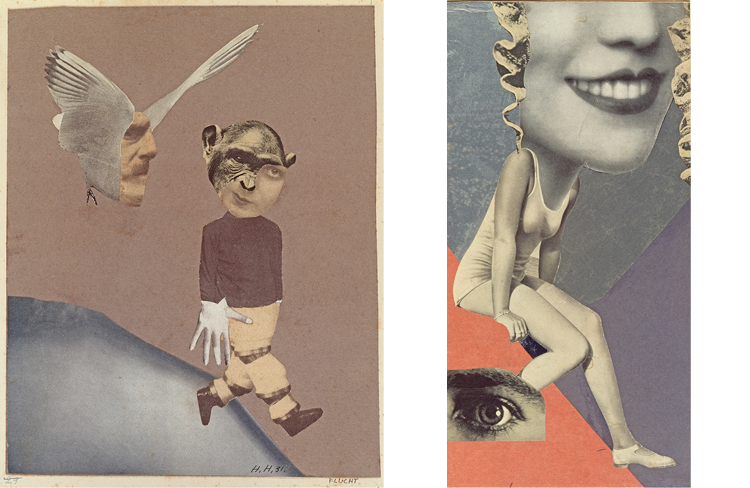
We thoroughly enjoyed the Höch exhibit, which focused on the prolific collage artist and original Dada-ist. Seeing how Höch’s work evolved over her life, from the early work in the 19-teens, up through the pre-war and war years, and then on to the end of her life, was like reading a memoir; that closely did her work track her life. Having the young ones along to share that with was instructive, too. Young D, himself an avid drawer, was at first somewhat cold to the work, but as we discussed Höch’s use of humour (he hadn’t quite got it initially) and he looked more closely at the sometimes yellowed paper, he came to appreciate it more and more.
F, however, was more fascinated with her game/camera toy she had brought along. Seems the art was hung just too high for her to see it well, amongst the crowd. Once people had spread out a bit more, though, we convinced her to try looking at the work from a couple paces back, and then she could see it without straining her neck too much. She was also quite good at reading the placards by each piece, which gave her a sense of accomplishment.
One thing which D came to appreciate, especially as we progressed through the galleries which focused on Höch’s war time existence. We talked about the concept of “degenerate” art and how demoralizing it was for artists like Höch to have to essentially hide in their own country during the war. Then the joyous release which followed the end of the war. We talked about the nature of political art, and he contrasted themes of the pre- and post-war work with the apolitical pieces done during the war. One phenomenon we both noted was that within a couple of years of the war’s end, she largely abandoned political themes, seemingly content with the state of things, or disinterested following her wartime cloistering.
The kids were particularly entranced by some of the later work, from the 60s, made with colourful magazine pages.One incorporated the bare bum of a woman on a beach. “Butt Cheeks!” became the repeated exclamation of little F, as she taunted her older, and ever so slightly scandalized, brother.
A helpful gallery staffer insisted on bringing the kids a “family trail” publication, which included materials and instructions of making one’s own photo-collages. A nice gesture, and the kids jumped at it.
As it was approaching our meeting time with Claire, we proceeded down to the street to feed the kids at a nearby café, and wait for her to arrive. Alas, our meal (quite good, at Café Dulcé) came and went and still no Claire. We messaged her, and called, but to no avail.
Back at the gallery we ventured into Kader Attia’s installation, “Continuum of Repair: The Light of Jacobs Ladder.” This is a fabulous assemblage of shelves, books, museum cases, artifacts and such. The focus is putatively on the mythos of discovery and invention, the wonderment which fuels scientific inquiry and artistic endeavour both, that special magic which seems to envelop these pursuits with romantic import so much more than our own prosaic activities.
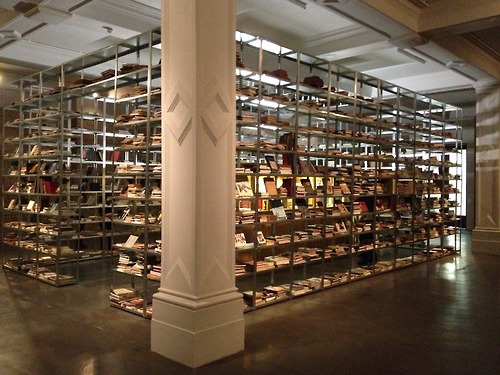
Floor to ceiling shelves create walls of books — many in foreign languages — on everything from anatomy to philosophy, botany to astrology, phrenology, biology, zoology, travels of discovery and pursuits of wealth and machismo. On the far side of these walls of books, 10 metres on a side, is an opening which leads to an inner core of museum display cases, filled with scientific intruments; telescopes and microscopes, philosopher’s stone, chemistry set artifacts from centuries past, taxidermy samples, more books and illustrations, photographic plates and microscope slides.
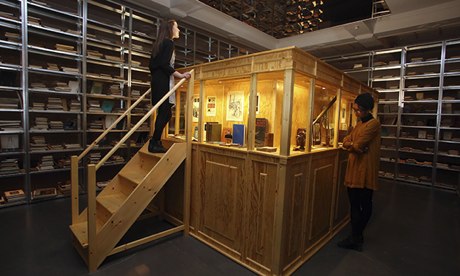
“If you could see inside your own mind, do you think it would look like this?” D asked me, as his little sister sat on a ladder rung thumbing a volume on osteology. I pondered his question for a moment, baffled both at its depth and its obviousness. This young man had succinctly and elegantly distilled my own wonder at the assemblage into one simple thought, masterfully. “Yes,” I answered, “exactly like this, and the cases in the center would hold whatever it was I was thinking about at the moment.” “Right.” said D, happy that he understood things properly.
Finally we gave up on meeting Claire and started to trip up to Vyner street, and our appointment with the fine folk at Degree Art for tea and more new art. On the bus, my phone set to vibrate, and messages suddenly delivered through Whatsapp revealed that as Claire was trying to meet us, she was mugged and robbed just two blocks from Whitechapel! Shaken and dejected, she had gone to police station, and then to her husband’s office and home. Oh how we were all shaken and upset at this news. The kids set to scheming the proper punishment for the perpetrators of such a crime, while I messaged back and forth with her to make sure she was okay.
“Vyner Street has changed so!” A exclaimed as we started down the narrow close from Cambridge Heath Road in north east London. A had sent me when first we met, back in 2010, when I had asked for tips of where to see new work in town. Now, some years later, she didn’t much recognize the place. A few of the old galleries were still extant, such as ¢ell, but many more, like Monica Bobinski, are relocated or gone entirely. Degree themselves have moved from where I first encountered them to a smaller but more flexible space.
Degree are close to my heart in terms of their approach to art and artists. Their focus is on young, emerging, artists, and they work closely with art schools and colleges across southeast England. Please check out their impressive website for more details.
For the second time in as many years, they are hosting X and I for tea, and we rewarded them by dragging A and the kids along, too! 🙂 This is a bit of a shopping trip for me, truth be told, and they likely sense that. I’ve asked to see certain artists’ work which I’ve admired over the past couple of years (since our last visit) but which I’ve hesitated to buy based only on web images. A & X both suspect I’m shopping, and needle me sometimes on my profligate spending on art (tho A has benefited from it, too).
D asks, as we walk down the lane, if I’m planning to buy anything. This sets X and A to scheming, and X instructs D, “If you see me signal, like this,” she drags an index finger across her throat, “then you speak up and say `But daddy, we need new shoes, and we haven’t a thing to eat!’ Can you say that for me?” D and F practice this prank, as we continue towards the gallery.
Once inside, Isobel and Elinor busy themselves with welcomes and can we take your coats and set out glasses of water and such, some sticky buns for the kids. The gallery is a fright; “we are in a bit of a dusty, dishevelled state today!” Isobel had written, earlier, “we are having refurbishments at the gallery, they were due to start next Monday, but they in fact have started earlier.” It was fine, in fact, and amidst the stacks of art, all carefully bundled and wrapped against the dust and disturbance, and the temporarily displaced furniture.
Over to one side a divan was pressed into service as a temporary display easel, and on it were works by the artists I had requested. Last time Degree had brought in Sophie Derrick, a fovourite artist of mine, to have tea with us, along with some of her work. No artists today, however, just the work, which allowed for a less formal, and more frank discussion of the work. Up today were Becky Boston for her underwater photography series, Corrine Perry for her moody monochromatic photo projects, Melancholia and Delirium, and Andrew Newton for his obliterated portraits.
When I left the art for a moment to grab a glass of water from the table, where the kids were industriously working away, D on sketches and F on writing sentences in a workbook, D asked me if I was going to buy anything; “These cakes are quite good, so I think you should buy something.” So much for the scheming.
We had a wonderful time at Degree, and talked widely about art and commerce. A discussed her work — fine art, cartoons, photography — with Elinor, and we all shared links and thoughts on favourite artists, artists’ tools and the like. But finally it was time to go. The kids were prety worked up from the long day, the sugary cakes and all the new experiences. We said our goodbyes and tottered on back down the lane to the heath road, and parted ways. A and the kids to walk to their nearby home, and X & I to north London and the Courtyard Theatre for this evening’s fare.
A bus across to Hackney and then a short stroll brought us to the theatre, but we had hours to spare, and hungry, so went in search of something to eat. Along the way we came across Book Art Bookshop, and couldn’t resist entering. Oh my! What a treat this little shop! Floor to ceiling shelves hold a full collection of handmade, small press and other artist books. We won’t detail all the shopping which ensued, but suffice to say I could have used little D and his plaintiff cries to dissuade me from spending as much as I did!
The shopkeep did recommend a fine place for dinner and cocktails, which we mightily enjoyed. Then back to the theatre for the shows. More on that later…


